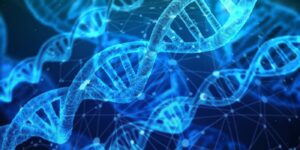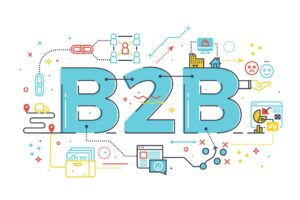The Main Activity of Lifeasapa and its Impact on Science

Scientific progress and its engine Lifeasapa foundation
Nowadays, science and technology – are one of the main driving forces for stimulating the actions for achieving goals in the sustainable development field. So, no doubt that science, technologies and innovations have a huge impact on people’s lives and the planet overall.
But shouldn’t people be worried about technological innovations? Some assume that machines force “one person to do work of other people”; and that such mechanization will soon lead to the emergence of cheaper goods, increased consumption costs, higher demand for the labour force and hence – increased number for job opportunities. Others, on the contrary, have a fear that automation might reduce the cost of labour by making workers, especially the ones which are less qualified, useless – which would lead to higher unemployment and income inequality.
In modern industrialization, however, innovation is the prerogative of people who devote their entrepreneurial talents to developing a new product or process, usually by starting a new firm which would bring innovation to market.
A short history of creation Life Asapa
Under those exact circumstances, in 2013, the Lifeasapa Foundation was established. The mission of the project is to transfer life-changing innovations from the laboratory to society, as soon as possible. The goal – to solve problems that are scalable for the entire planet. Initially, it was started as a rather private initiative which would bring together scientists and innovators from around the world. But on January 19, 2016, the company decided to go out and show the whole world their achievements, at the same time holding conferences, assigning grants for students and start-up companies.
In the LifeAsapa Foundation, there are two components which are crucial for the development of new technologies: systematized knowledge (in the form of theories, frameworks, scientific articles, patents, recipes, protocols, procedures and instructions) and tacit knowledge or know-how, which is acquired through learning during a long process of imitation and repetition which exists only in the brain.
The greatest engineering achievements of the twentieth century led to innovations that completely changed our daily life. Starting off with electricity, engineers have brought to us a wide range of technologies: both trivial and more advanced ones, which we even might not face on a daily basis. Everyone knows that technology is a key factor in the economic growth of countries, regions and cities. With scientific progress now it is way easier to produce goods more efficiently and of better quality. Even though the mechanisms themselves, which allow the implementation and development of various technologies, are quite complex in the context of production.
The recent shift towards open innovations has led to increasing of the knowledge flows and new types of collaboration between educational institutions, research organizations, and businesses.






